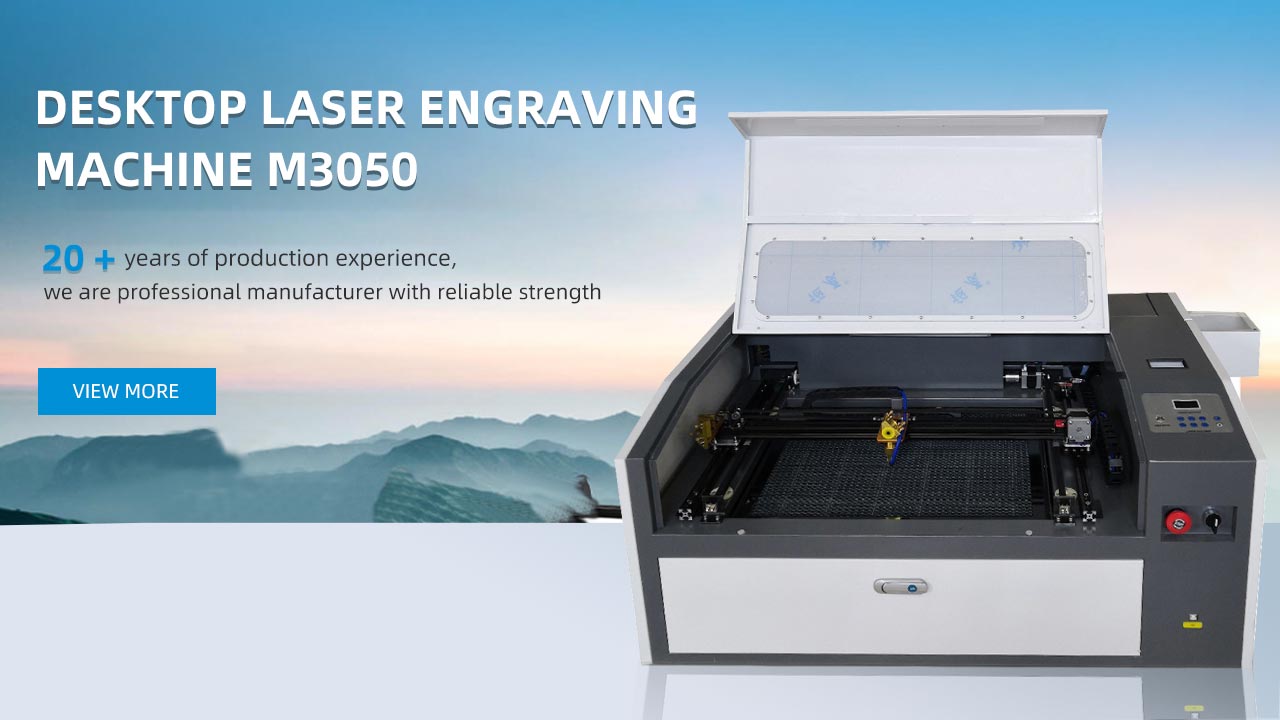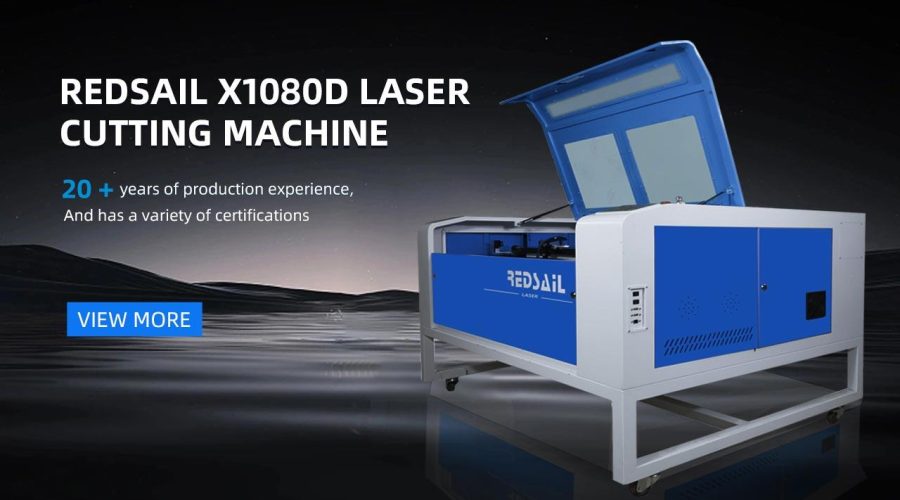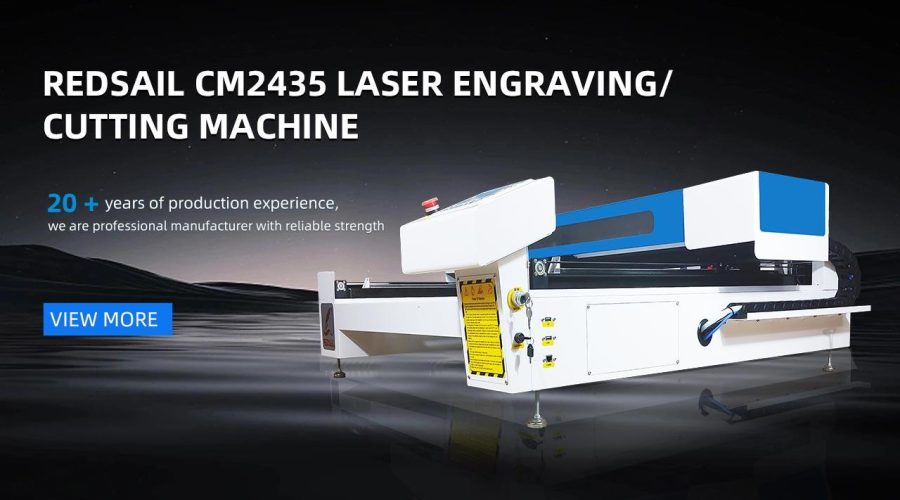Can CO2 Laser Cut Mirrors Revolutionize the World of Precision Cutting?
Introduction
CO2 laser cutting has long been hailed as a game-changer in the field of precision cutting. This technology has revolutionized various industries by providing unmatched precision and efficiency. However, the recent advancement of CO2 laser cutting technology has introduced a new possibility – the ability to cut mirrors with exceptional accuracy. In this article, we will explore how CO2 lasers can potentially revolutionize the world of precision cutting through their ability to cut mirrors with ease and precision.
The Advantages of CO2 Lasers
CO2 lasers are widely known for their numerous advantages in precision cutting. They leverage the power of a high-energy laser beam that is generated by exciting CO2 gas molecules. Here are some key advantages of CO2 lasers:
- Precision: CO2 lasers can cut through various materials with outstanding precision, even on the microscopic level. This makes them ideal for intricate cutting and engraving tasks.
- Speed: The high-energy laser beam allows CO2 lasers to cut through materials at a rapid pace, significantly reducing production time.
- Versatility: CO2 lasers can cut a wide range of materials, including metals, plastics, wood, and more.
- Non-contact cutting: Unlike traditional cutting methods, CO2 lasers do not require physical contact with the material, eliminating the risk of damage or contamination.
- Minimal waste: CO2 lasers produce minimal waste during the cutting process, making them environmentally friendly.
The Challenge of Cutting Mirrors
Traditionally, cutting mirrors with precision has been a challenging task. Mirrors have a delicate surface that can easily be damaged during cutting, resulting in cracks or uneven edges. Additionally, the reflective coating on mirrors can be easily scratched or marred.
CO2 Laser Cutting Mirrors
The recent advancements in CO2 laser cutting technology have opened up a new realm of possibilities for cutting mirrors with unmatched precision. CO2 lasers can overcome the challenges associated with traditional mirror cutting methods. Here’s how:
- High precision: CO2 lasers can cut mirrors with exceptional precision, allowing for intricate designs and complex shapes.
- Smooth edges: CO2 lasers produce clean and smooth edges, ensuring a high-quality finish on mirror cuts.
- Non-contact cutting: CO2 lasers do not physically touch the mirror surface during cutting, reducing the risk of damage or scratching.
- Controlled heat: CO2 lasers generate a concentrated beam of heat, which can be precisely controlled to avoid any heat damage to the mirror surface.
- Fast and efficient: CO2 lasers can cut through mirrors at a rapid pace, improving productivity and reducing production time.
FAQs (Frequently Asked Questions)
1. Can CO2 lasers cut any type of mirror?
CO2 lasers can cut most types of mirrors, including standard glass mirrors and specialized mirrors with coatings. However, it is crucial to consider the mirror’s specific composition and properties before using a CO2 laser for cutting.
2. Are CO2 lasers safe for cutting mirrors?
CO2 lasers are safe for cutting mirrors when used correctly. However, proper safety precautions should always be followed, including wearing protective eyewear and ensuring proper ventilation in the cutting area.
3. Can CO2 lasers create intricate designs on mirrors?
Yes, CO2 lasers are ideal for creating intricate designs on mirrors. Their exceptional precision allows for detailed engraving and cutting, resulting in visually stunning and intricate designs.
4. Can CO2 lasers cut mirrors faster than traditional methods?
Yes, CO2 lasers can cut mirrors faster than traditional methods. The high speed and efficiency of CO2 lasers significantly reduce cutting time, leading to improved productivity and cost-effectiveness.
5. Are CO2 lasers environmentally friendly for mirror cutting?
CO2 lasers are considered environmentally friendly as they produce minimal waste during the cutting process. Additionally, the non-contact cutting method reduces the usage of harmful chemicals or substances associated with traditional mirror cutting.
Conclusion
The advancements in CO2 laser cutting technology have brought forth exciting possibilities for the precision cutting industry. CO2 lasers can cut mirrors with unparalleled accuracy, offering smooth edges and intricate designs. This newfound capability has the potential to revolutionize various industries requiring precision cutting, including interior design, automotive manufacturing, and more. As technology continues to evolve, the world of precision cutting can harness the power of CO2 lasers to achieve new levels of efficiency, productivity, and quality standards.





